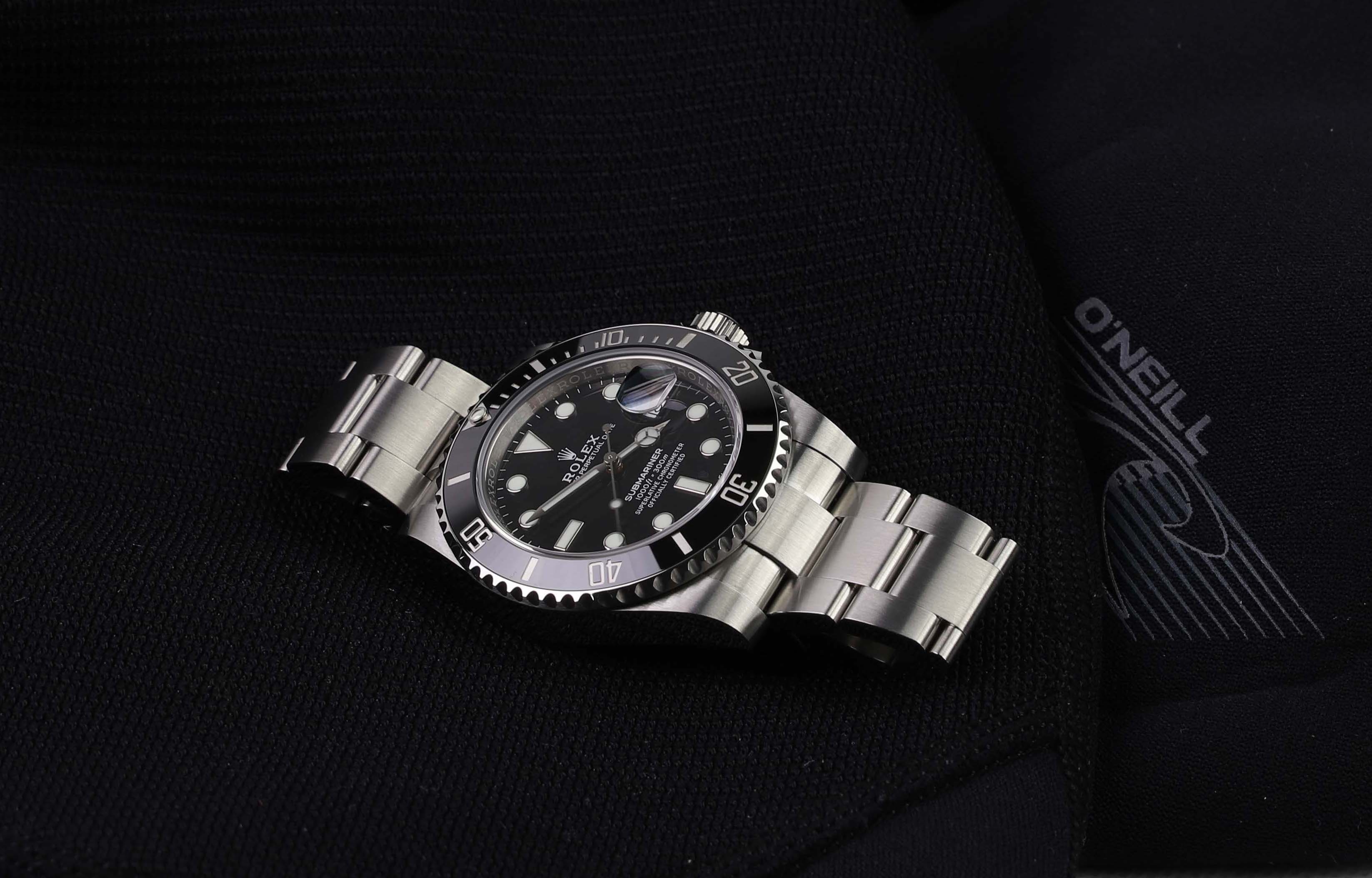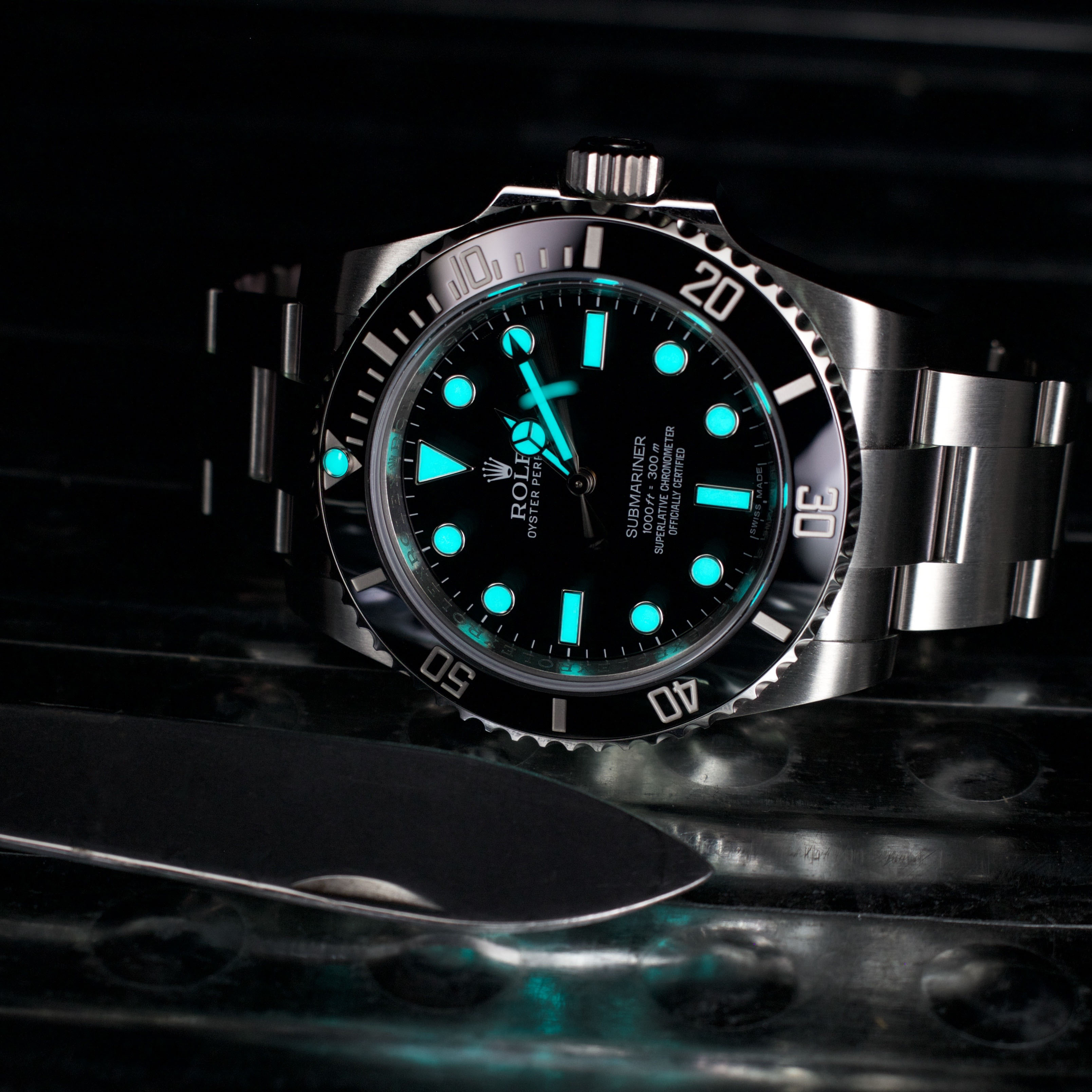
How to Use a Dive Watch Rotating Bezel Guide
The diver’s watch is perhaps the most iconic in the world. This is partly due to the instantly-recognizable insert in the rotating bezel. Before any digital technology equipment was developed for divers, we relied on mechanics. And at the time, a divers watch was the only tool a diver could use in order to dive and keep track of elapsed time. Today, there are far more accurate tools to measure elapsed time underwater, but the iconic and recognizable design has stuck, and today, the diver’s watch is one of the most popular types of watches today.
When diving underwater, especially deep down, there are many potential threats and risks.
Among all the dangerous risks, the most obvious and perhaps most dangerous is of course running out of oxygen. Nowadays with modern data equipment you can easily time your dive and keep track of how long you’ve been underwater, but also how much oxygen is left in your oxygen tank. Before all of this existed, the diver truly had to rely on the watch he was wearing, and this was the only instrument that divers had to keep track of time during diving sessions.

The bezel of a divers watch as mentioned, is truly iconic, and widely recognized by collectors and non-enthusiasts alike. The iconic look of a dive watch and the bezel appears to be very sporty and aggressive. Many may know that the bezel can be rotated, sometimes only counterclockwise, but on some watches in both directions. When looking at a Rolex Submariner, which probably is the most iconic divers watch of all time, the insert has hash marks measuring 15 minutes.
Originally, this was developed to set the bezel’s triangle on the minute mark once you jump in the water, and can thereby keep track of how long you’ve been in the water. The problem with earlier Submariner and Sea-Dweller models was that the bezel could be turned clockwise, but also counterclockwise. This means that if you were to hit the bezel by accident underwater, you could either extend your diving time but also shorten it – unknowingly.

This, of course, had a very big meaning for the diver as it is life-threatening to be underwater when the oxygen runs out. Because of this, Rolex decided to upgrade the Submariner and Se-Dweller in the late ’70s which made the bezel only possible to rotate counterclockwise. This meant, that your dive could now only get shorter if you were to hit the bezel during your dive, and get up to the surface earlier than planned, which can be wise instead of staying longer than planned.

Now as you may understand, the bezel is an instrument to keep track of time underwater. The insert of a Rolex Submariner has a luminous dot in the triangle, this will light up in the dark, just like the minute-hand, and will make it possible for the diver to keep track of time, even if he can’t see the hands or bezel because of the dark.
Although Rolex probably has the most iconic type of bezel which is rotated outside the watch, there are other solutions presented by other companies that can be very useful.
If we take a look at Audemars Piguet Offshore Diver, for example, they offer a bezel to keep track of time, but instead of having it on the outside of the watch, it is controlled by a separate crown on the outside that controls a rotating chapter ring on the inside of the case. This prevents the diver from accidentally hitting or knocking the bezel underwater.
Summary
The bezel of a dive watch is used to time your dive while underwater. This is extremely useful as it is dangerous to be at deep depths for too long, and is necessary for the diver to keep time on. With all the new data equipment that has been developed for the purpose of diving, a mechanical watch is no longer as important as it was before. However, as divers watch often is described as a tools watch, it can be fun to use the rotating bezel to keep track of other things in your daily life, such as timing when your eggs start to boil.




